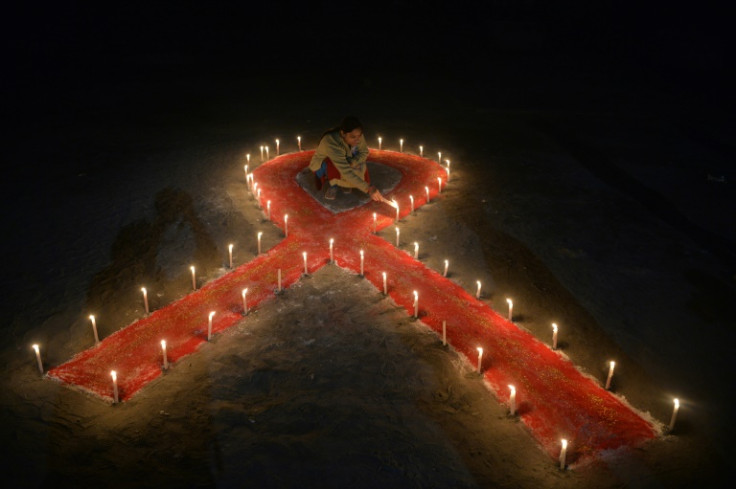KwaZulu-Natal Reports Second-Highest HIV Prevalence Rate At 16% In 2022

KwaZulu-Natal has reported second-highest HIV prevalence (PLHIV) rate of 16% in 2022, a decrease from 18% in 2017, as per the Sixth South African HIV Prevalence, Incidence and Behavior Survey (SABSSM VI).
Mpumalanga now has the highest HIV prevalence at 17.4% in 2022, which translates to an estimated 890 000 (PLHIV) in the province.
According to the Human Sciences Research Council (HSRC), this means about 1,980,000 people are living with HIV in KwaZulu-Natal, down from 1,990,000 in 2017.
The overall principal investigator of the study at HSRC Professor Khangelani Zuma said the survey found that in 2022, HIV prevalence in KwaZulu-Natal was highest among people aged 25 to 49, with a rate of 31.1%, SA News reported.
This includes 38.4% of females and 21.5% of males in that age group. The survey also indicated that HIV prevalence was higher among people living in rural areas or on farms, with a rate of 20%.
"HIV prevalence peaked at 44.5% among those aged 45 to 49 in 2022 from 39.7% in 2017 among those aged 35 to 39, indicating a possibility of continuing infections among older people. HIV prevalence had decreased by 2022 among all age groups younger than 40 years compared to 2017," Zuma said.
Antiretroviral treatment (ART) coverage in KwaZulu-Natal increased to 87.3% in 2022 from 71.2% in 2017.In 2022. ART use among all PLHIV in the province was lowest among adolescents and youth aged 15 to 24 (62.8%) compared to other age groups.
ART use was also lower among both males (58.8%) and females (64%) in this age group compared to other age groups.
Zuma pointed out that in KwaZulu-Natal, there was little change in the percentage of adolescents and youth aged 15 to 24 who reported having sex before the age of 15. In 2017, the rate was 8.2%, while in 2022, it was 8.6%.
However, among those aged 15 to 24 in 2022, more males (12.3%) reported having sex before age 15 compared to females (4.8%). The survey also showed that 11% of people aged 15 and older reported having multiple sexual partners in 2022, up from 9.4% in 2017.
The percentage of people aged 15 and older who reported having multiple sexual partners was five times higher among males (18.6%) than females (3.5%). It was also 1.5 times higher among those aged 15 to 24 (16.3%) compared to those aged 25 to 49 (10.9%).
The highest percentage of people reporting multiple sexual partners was in Harry Gwala (14.1%), while the lowest was in uThukela (7.6%).
The survey showed that in 2022, 32.8% of people reported using a condom with their most recent sexual partner, down from 44.9% in 2017, which is a decline of 12.1%.
In KwaZulu-Natal, a higher percentage of people (45.2%) said they never used a condom with their most recent sexual partner. Only 9.3% reported that they used condoms almost every time.
Last year, KwaZulu-Natal's member of the Executive Council (MEC) for Health Nomagugu Simelane urged young South African men to consider nursing as a career as some men are too shy to speak openly with female health practitioners about certain ailments.
© Copyright 2025 IBTimes ZA. All rights reserved.


















